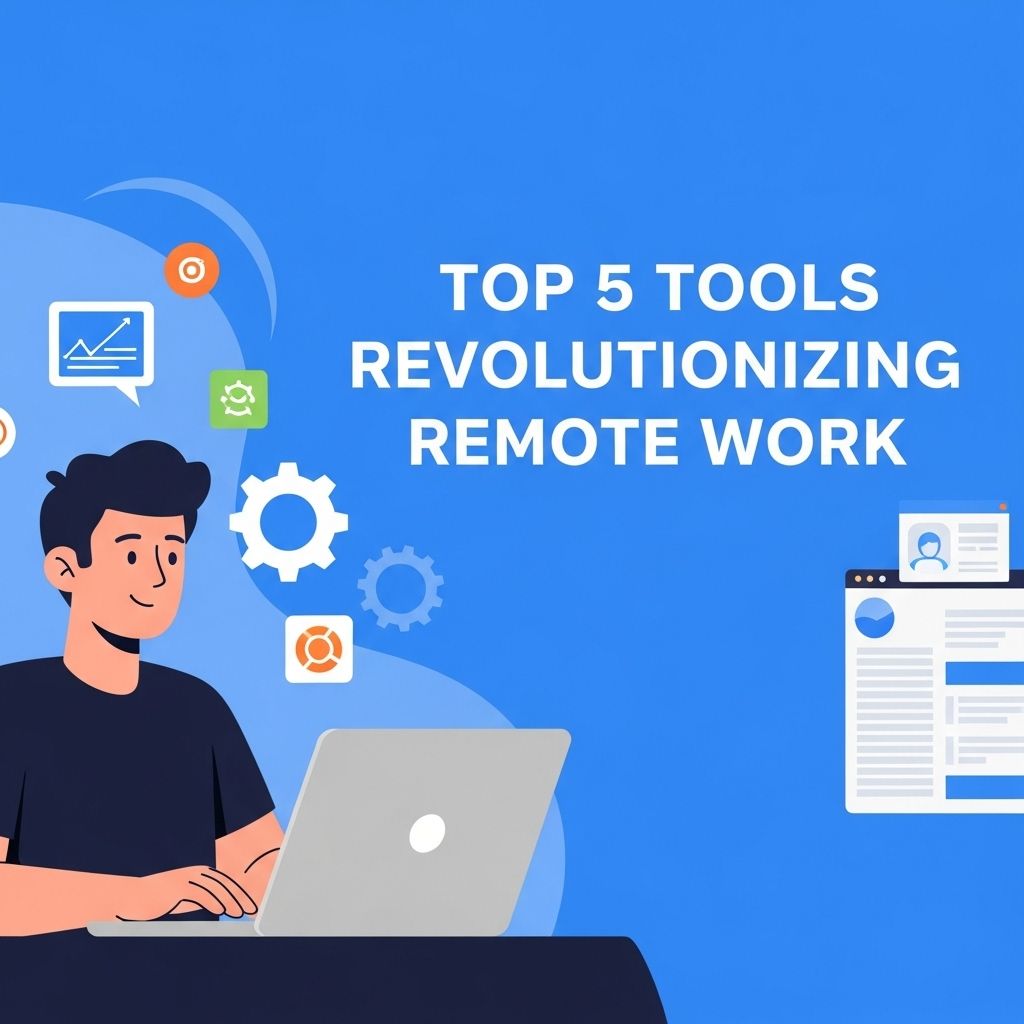Top Best Practices for Secure Remote Work in 2025
Discover essential best practices for secure remote work in 2025, ensuring productivity and safety in a digital workspace.

As remote work continues to become the norm rather than the exception, particularly following the global shift brought on by recent events, the importance of cybersecurity in this environment cannot be overstated. Organizations must adapt to an evolving technological landscape while ensuring that their sensitive data and resources remain secure. This article delves into the best practices for maintaining security in a remote work environment as we approach 2025.
Table of Contents
Understanding the Risks of Remote Work
Remote work introduces a unique set of challenges that can compromise security. To navigate these challenges, it’s essential to first understand the risks involved:
- Insecure Networks: Employees may use unsecured Wi-Fi connections which can be easily intercepted by cybercriminals.
- Device Vulnerabilities: Personal devices may not have the same level of security as company-provided equipment.
- Phishing Attacks: Remote workers are often targeted with phishing emails that exploit their work-from-home situation.
- Data Leakage: Sensitive information may inadvertently be shared through personal communication channels.
Implementing Strong Access Controls
Access controls are critical for ensuring that only authorized personnel can access sensitive information. The following strategies can enhance access security:
1. Role-Based Access Control (RBAC)
Implement RBAC to restrict access based on the role of the employee. This ensures that team members only have access to the information necessary for their tasks.
2. Multi-Factor Authentication (MFA)
MFA adds an additional layer of security by requiring users to provide two or more verification factors to gain access to systems or applications. This can significantly reduce the risk of unauthorized access.
3. Session Timeouts
Automatically logging users out after a period of inactivity helps to minimize the risk of unauthorized access if a device is left unattended.
Securing Devices and Endpoints
When employees work remotely, they often use personal devices that may not have the requisite security measures. Organizations should implement the following practices:
1. Device Management Solutions
Utilizing Mobile Device Management (MDM) solutions allows organizations to enforce security policies on all devices used to access company data.
2. Regular Software Updates
Ensure that all devices are running the latest software versions, including security patches. This helps close vulnerabilities that cybercriminals could exploit.
Data Protection Strategies
Protecting data is paramount in a remote work environment. Here are effective strategies:
1. Encryption
Data encryption provides a safeguard by converting information into a code that can only be read by someone with the correct decryption key. Both data in transit (while being sent) and data at rest (stored) should be encrypted.
2. Regular Backups
Perform regular backups of critical data. This ensures that in the event of a data breach or ransomware attack, company data can be restored.
Educating Employees on Cybersecurity
A well-informed workforce is one of the best defenses against cyber threats. Organizations should focus on:
1. Cybersecurity Training Programs
Regular training sessions can help employees recognize phishing attempts, understand data protection, and follow best practices for security.
2. Creating a Security Culture
Encourage a culture of security where employees feel responsible for protecting company data. This can be fostered through open communication and incentives for reporting potential threats.
Utilizing Virtual Private Networks (VPNs)
VPNs create a secure connection between a user’s device and the internet. Implementing VPNs for remote workers provides several benefits:
1. Security of Data Transmission
VPNs encrypt internet traffic, making it difficult for hackers to sniff sensitive information.
2. Masking IP Addresses
Using a VPN can conceal the user’s IP address, making it harder for potential attackers to track their online activities.
Monitoring and Incident Response
Even with robust security measures in place, breaches can still occur. Therefore, organizations need to have effective monitoring and incident response strategies:
1. Continuous Monitoring
Implement systems that continuously monitor network traffic for unusual activity, which can be indicative of a security breach.
2. Incident Response Plan
Develop and regularly update an incident response plan that outlines the steps to take if a security breach occurs. This should include identification, containment, eradication, recovery, and lessons learned.
Conclusion
As remote work evolves, so too must the strategies we employ to secure our digital environments. By understanding the risks, implementing strong access controls, securing devices, protecting data, educating employees, utilizing VPNs, and establishing robust monitoring and incident response procedures, organizations can create a safe remote work environment that allows employees to thrive while keeping sensitive information secure. With these best practices, adapting to the future of work will not only be manageable but also secure.
FAQ
What are the best practices for secure remote work in 2025?
In 2025, best practices for secure remote work include utilizing VPNs, implementing multi-factor authentication, regularly updating software, and conducting security training for employees.
How can I protect sensitive data while working remotely?
To protect sensitive data, use encrypted communication tools, avoid public Wi-Fi for work tasks, and ensure that all devices are password-protected.
What role does employee training play in remote work security?
Employee training is crucial for remote work security as it helps staff recognize phishing scams, understand security protocols, and adopt safe online practices.
Why is using a VPN important for remote workers?
A VPN is important for remote workers as it encrypts internet connections, protecting data from potential snoopers, especially when using unsecured networks.
What security measures should be in place for remote collaboration tools?
Security measures for remote collaboration tools should include end-to-end encryption, regular software updates, and access controls to limit who can view and edit documents.








